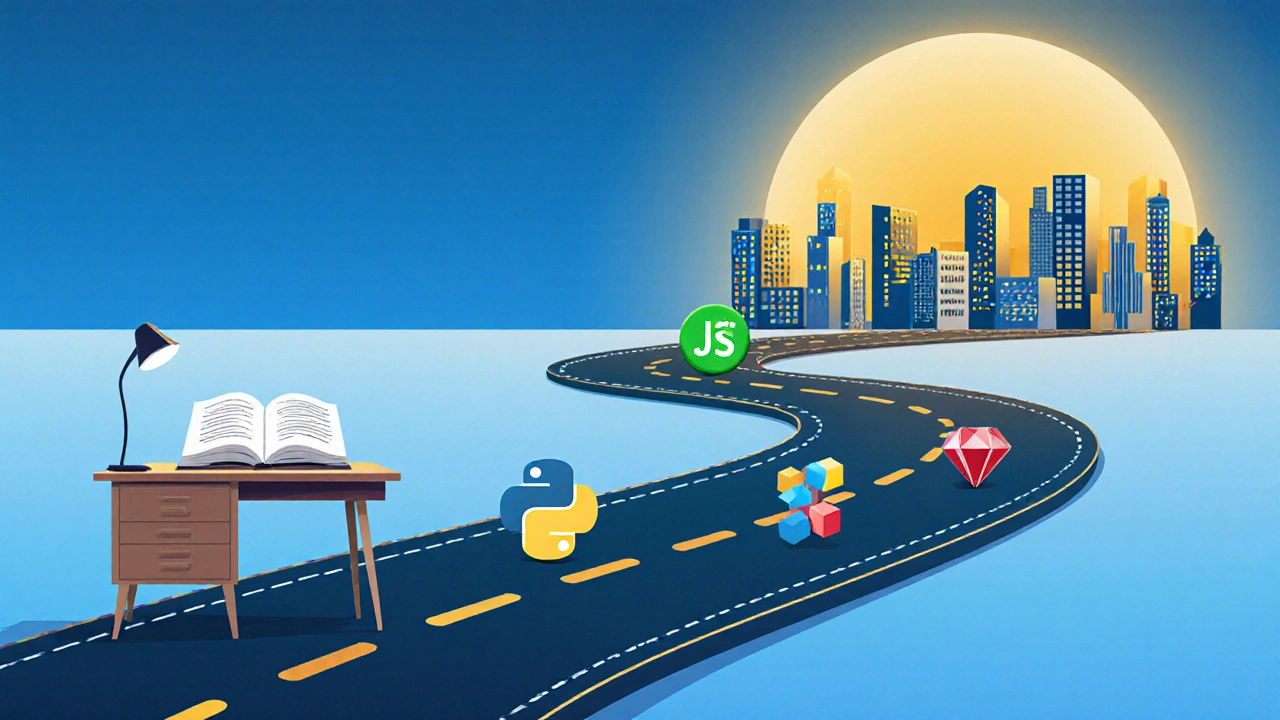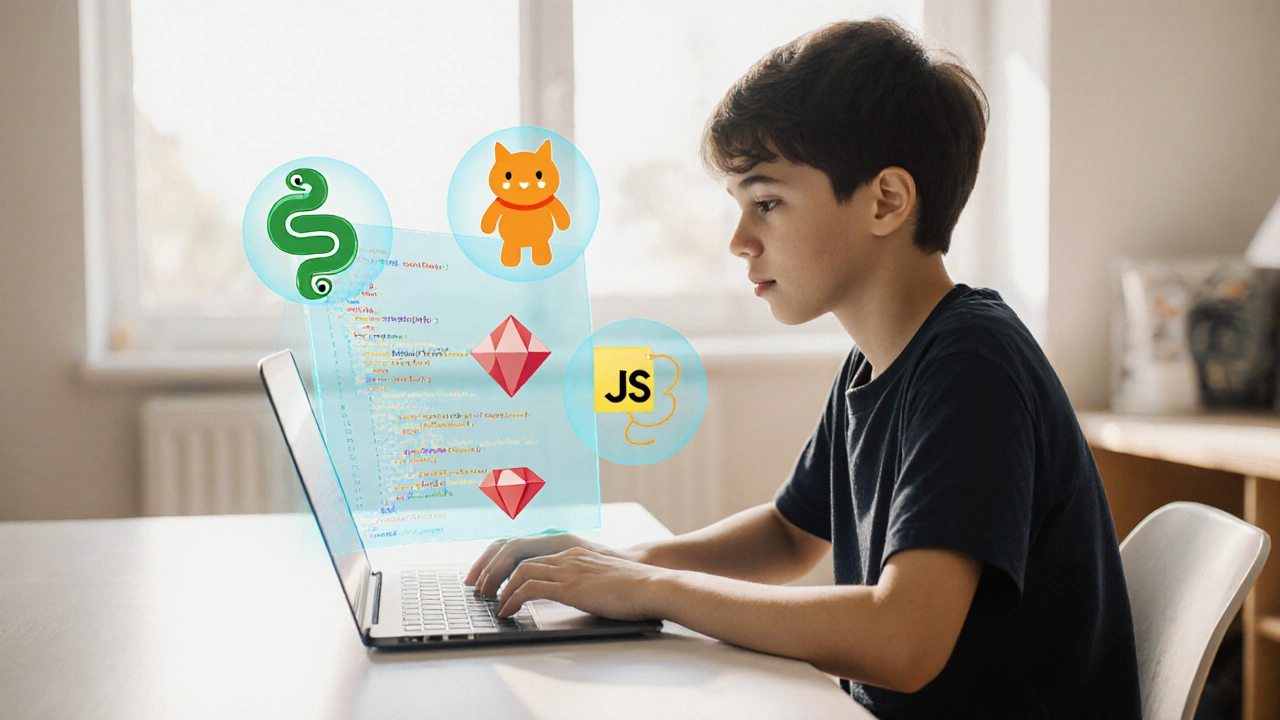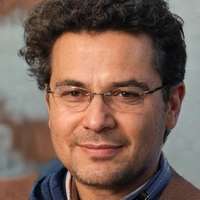When you ask yourself simplest programming language to learn, you probably want something that lets you see results fast, doesn’t drown you in jargon, and opens doors to more advanced topics later. Below is a down‑to‑earth look at the languages that fit those criteria, plus real‑world tips on how to start coding without feeling overwhelmed.
Key Takeaways
- Python tops the list for overall ease, readability, and career relevance.
- Scratch and Blockly are perfect for visual learners and kids.
- JavaScript lets you build interactive webpages instantly, but its quirks require a bit more patience.
- HTML / CSS aren’t programming languages, yet they’re essential for any web‑related project.
- Ruby offers a gentle syntax and a supportive community, though job demand is smaller.
Why Simplicity Matters
Starting with a language that reads like plain English reduces the mental load of learning programming concepts. You can focus on problem‑solving instead of fighting the syntax. Simpler languages also tend to have richer tutorials, more beginner‑friendly IDEs, and larger communities that answer questions quickly.
Python - The All‑Rounder
Python is a high‑level, interpreted language designed for readability. Its clear indentation rules eliminate the need for curly braces, and the standard library covers everything from web requests to data analysis. First released in 1991, Python powers everything from Instagram’s backend to scientific research at CERN. For a newcomer, the "Hello, World!" program is just two lines:
print("Hello, World!")
Because the language abstracts away memory management, you can dive straight into building small scripts, automating daily tasks, or exploring data with libraries like pandas.
Scratch - Coding with Blocks
Scratch is a visual programming environment created by MIT. Instead of typing code, you snap colorful blocks together, which makes the flow of logic instantly visible. It’s ideal for children and absolute beginners who want to understand loops, conditionals, and events without syntax errors. A simple game can be built in under an hour, and the built‑in community shares thousands of remixable projects.
Blockly - Google's Visual Builder
Blockly is an open‑source library that lets you create block‑based editors for web apps. While similar to Scratch, Blockly can generate real JavaScript, Python, or Dart code behind the scenes, giving you a stepping stone from visual blocks to text‑based languages. Schools often embed Blockly in curricula because it bridges the gap between drag‑and‑drop and traditional coding.
JavaScript - Instant Web Interaction
JavaScript is the language of the browser. It lets you add interactivity, fetch data, and manipulate page elements without leaving the HTML file. Modern tools like Visual Studio Code provide intelligent autocomplete, making the learning curve smoother. A tiny script to change a button’s color demonstrates the power:
document.getElementById('myBtn').style.backgroundColor = 'orange';
However, quirks such as type coercion and asynchronous patterns can trip up newcomers, so pairing JavaScript with a visual starter like Scratch often helps.
HTML / CSS - The Foundations of the Web
Although not programming languages, HTML and CSS are essential for any web‑based project. Learning the tags (<div>, <h1>) and styling rules (color: #333;) gives instant visual feedback, reinforcing the cause‑and‑effect mindset that coding relies on.
Ruby - Elegant and Friendly
Ruby is a dynamic, object‑oriented language famous for its clean syntax and the Rails web framework. A "Hello, World!" in Ruby reads like plain English:
puts "Hello, World!"
The community emphasizes developer happiness, offering clear error messages and a helpful official documentation. Job listings are fewer than Python’s, but for startups and web apps, Ruby on Rails remains a solid choice.
Comparison Table
| Language | Syntax Simplicity (1‑5) | Community Size | Job Market | Best First Project |
|---|---|---|---|---|
| Python | 5 | Large (3M+ developers) | High | Simple data‑scraper |
| Scratch | 5 | Medium (600K projects) | Low (educational) | Animated story |
| JavaScript | 3 | Very Large (12M+ developers) | Very High | Interactive button |
| Ruby | 4 | Medium (1M+ developers) | Moderate | Blog with Rails |
| Blockly | 4 | Small (open‑source) | Low | Educational quiz app |

Setting Up Your First Development Environment
Regardless of the language you pick, a comfortable workspace speeds up learning. Here’s a quick checklist:
- Install Visual Studio Code - free, cross‑platform, and packed with extensions for Python, JavaScript, and Ruby.
- Sign up for a GitHub account to store your code and collaborate.
- For Python, download the latest Python installer from python.org.
- For Scratch or Blockly, simply visit their web portals - no install needed.
- Enable live‑preview extensions (e.g., “Live Server” for HTML/CSS) to see changes instantly.
Common Pitfalls and How to Avoid Them
- Skipping the basics: Jumping straight to frameworks leaves gaps. Spend 1‑2 weeks mastering variables, loops, and conditionals.
- Copy‑pasting without understanding: Modify example code line by line; ask “what does this do?” before running it.
- Neglecting version control: Even single‑file projects benefit from Git commits. It creates a safety net and builds a habit.
- Over‑relying on auto‑complete: Use autocomplete as a suggestion, not a crutch. Try typing code without it to test recall.
Next Steps After Your First Program
When you’ve built a basic script or a simple Scratch game, expand your horizon:
- Join online communities - r/learnpython, JavaScript Discord, or the official Scratch forums.
- Take a free mini‑course on platforms like Coursera or Khan Academy that focus on project‑based learning.
- Contribute a tiny fix to an open‑source project on GitHub; the experience sharpens debugging skills.
- Start a personal portfolio site using HTML, CSS, and a dash of JavaScript to showcase what you’ve built.
Frequently Asked Questions
Is Python really the easiest language for a total beginner?
Yes. Python’s readable syntax, massive tutorial library, and low barrier to entry make it the top pick for most newcomers. It also scales well into data science, web development, and automation.
Should I start with a visual language like Scratch or jump straight to text‑based code?
If you’re a child or absolute beginner who feels intimidated by typing, Scratch or Blockly offers a gentle intro. Once you’re comfortable with logic blocks, switching to Python or JavaScript is a natural next step.
Do I need a powerful computer to learn these languages?
No. All the languages covered run on modest hardware. Even a basic laptop or a modern tablet can handle Python, JavaScript, and Scratch. Cloud‑based IDEs like Replit work as well.
Which language offers the best job prospects after learning?
Python currently leads in demand across data science, automation, and web backend roles. JavaScript dominates front‑end development. Ruby and Scratch are great for niche markets but have fewer full‑time openings.
How long does it take to become competent in the simplest language?
With consistent practice-about 30 minutes a day-you can write small, useful scripts in Python within 2‑3 weeks. Mastery for real‑world projects typically takes 3‑6 months of project‑based learning.
Choosing the right starting point sets the tone for the whole coding journey. Whether you pick Python for its universal appeal or Scratch for its playful blocks, the key is to build, break, and rebuild. Happy coding!

